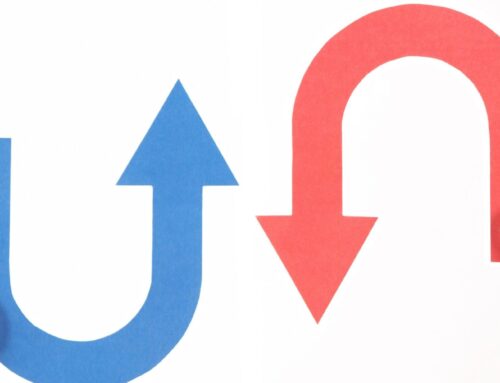Chris owns a small IT consulting business, and is a QuickBooks Online user. He has two bank accounts – an operating account and savings account. Twice a month, Chris transfers $10,000 from his operating account (where he receives his customer payments), to his savings account. A few weeks after a recent account transfer, he noticed his operating bank account balance in QuickBooks was much lower than he expected it to be. His heart skipped a beat, wondering how he could have miscalculated his expenses so significantly. Looking through his bank register in QuickBooks, he discovered two expense transactions in the savings account for $10,000.00, but didn’t know how it happened – or how to avoid the error. It turns out, Chris had entered an expense transaction in the operating account, and had also entered a deposit into the savings account, as independent transactions. Chris fixed the error, but remained a little confused, wondering how to record bank transfers in QuickBooks Online.
Beware of duplicate entries!
Juggling multiple bank accounts is pretty typical with small businesses. During the course of a month, there will be transfers made between accounts to move your cash around for different purposes. Recording these transfers between accounts in QuickBooks, can sometimes lead to duplicate account entries if done incorrectly. Knowing your up to date account balances is fundamental for cash flow purposes. Duplicate entries are among the most common errors causing a discrepancy between your QuickBooks balances and your actual bank balances. If you are regularly performing bank reconciliations (which you should be doing, by the way), you will be able to catch these duplications and other errors then. In the meantime, until those errors are caught with a reconciliation, you can have some serious cash flow confusion!
I’m going to show you how to work with recording transfers between accounts to avoid common errors, such as duplicate entries.
[bctt tweet=”Knowing your up to date account balances is fundamental for cash flow purposes.” username=”5MinBookkeeping”]
How to identify transfers in QuickBooks Online
From the example above, let’s first look at Chris’ savings account. First, we can see that there was a transfer from his savings account to his operating (checking) account.
The transaction that downloaded into his savings account shows that money was spent or transferred out of the savings account.

Next, let’s look at his checking (or operating) account.
Looking at Chris’ checking account, we can see that the money was received into the checking account.

How to record transfers between bank accounts in QuickBooks Online
So, what should he do next? To record the transfer, he will stay in the checking account.
He’ll first select the transaction by clicking on that line to view more details.
He will then select “Transfer”, when given the options of “Add”, “Find match” or “Transfer”.

Since this amount was received into the checking account, he will select the savings account from the drop-down menu, because the money transferred into the checking account came from his savings account.

Once he has selected the savings account, he should click the green “Transfer” button on the far right.

When he goes back to his savings account, he will refresh the window.

He will then see that the transaction has been matched to the transfer that he just recorded.

Next, he will go ahead click “Match”.

Closing
Now that Chris has learned how to properly record transfers between accounts in QBO, he can have more confidence in the bank balances he sees in his QuickBooks Online. He now knows how to avoid duplicate deposits, by recording a single transfer transaction and matching in each account to corresponding downloaded transaction. Next time you have a transfer between accounts, make sure to practice the steps presented here, so you can keep your books accurate and have confidence in your QuickBooks account balances. We will continue with our current series on banking transactions next time, so check back in soon!
















